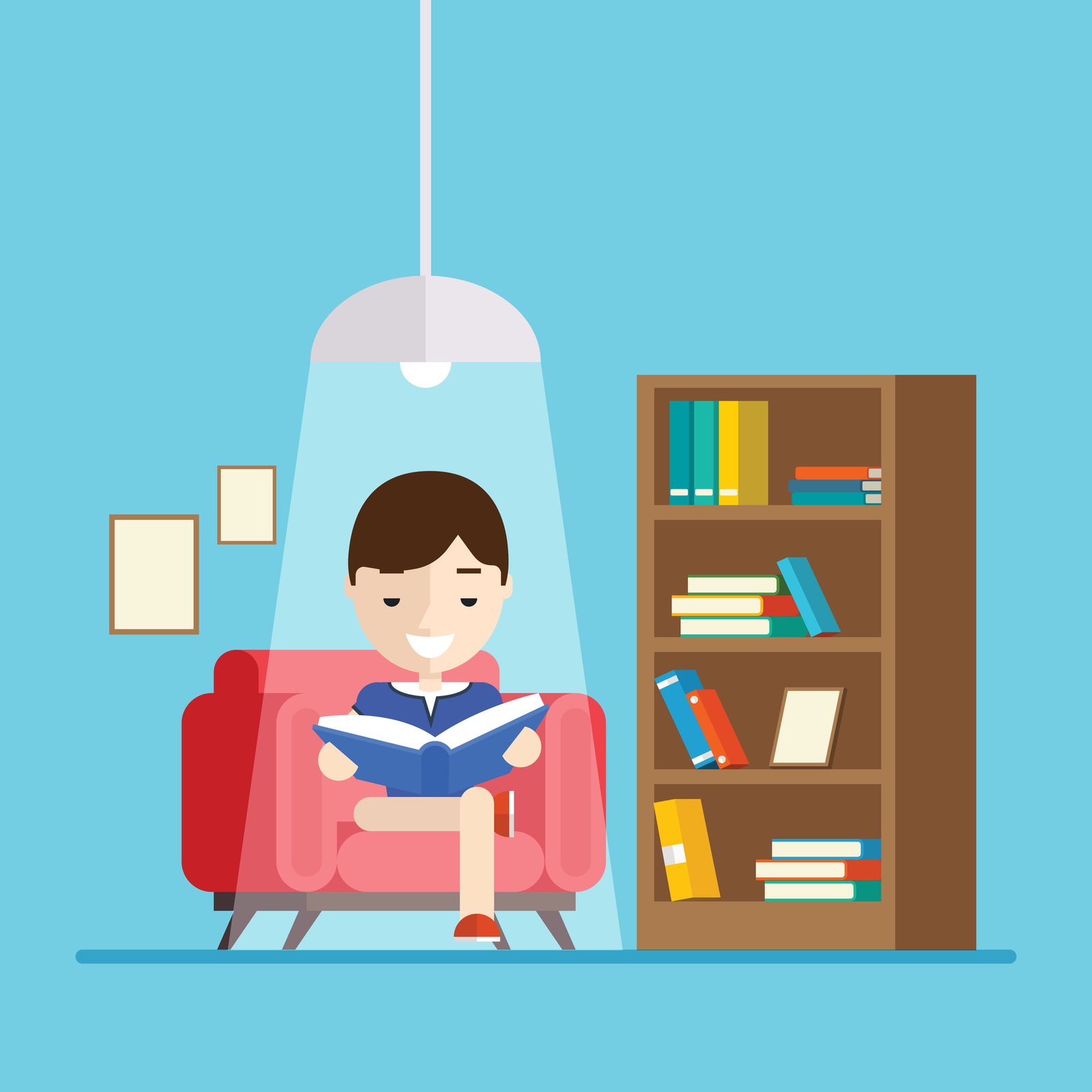Imagine a world where children consistently display positive behavior, creating harmonious and joyful environments at home and in school. While this may seem like an idealistic dream, it’s achievable through effective parenting and teaching strategies. One such powerful tool is the use of time-outs. Far from being a punishment, time-outs, when used correctly, can be a game-changer in reinforcing positive behavior. This is especially true for children with Attention Deficit Hyperactivity Disorder (ADHD), who may benefit greatly from structured and consistent behavior management techniques. In this article, we’ll explore how time-outs can transform challenging behavior into opportunities for growth and learning.
Understanding Time Outs
Time outs are a method of behavior management that involves temporarily separating a child from an environment where inappropriate behavior has occurred. The goal is to provide the child with an opportunity to calm down, reflect on their actions, and understand the consequences of their behavior. This technique, when applied consistently and fairly, helps children develop self-discipline and emotional regulation.
The Benefits of Time Outs
Encourages Self-Reflection:
Time outs give children a moment to pause and think about their behavior. This self-reflection is crucial for them to understand what went wrong and how they can make better choices in the future. For children with ADHD, this pause can help them practice mindfulness and gain control over impulsive behaviors.
- Promotes Emotional Regulation:
During a time out, children learn to manage their emotions independently. This break from the situation allows them to calm down, which can prevent further escalation of negative behavior. For those with ADHD, this practice is particularly valuable as it helps them develop techniques for self-soothing and emotional control. - Teaches Consequences:
Time outs teach children that negative actions have consequences. This understanding is essential for developing a sense of responsibility and accountability. Children with ADHD often need clear and immediate feedback to help them connect their actions with outcomes. - Provides Consistency:
When used consistently, time-outs help children understand the expectations for their behavior. This consistency makes them feel secure and aware of the boundaries. For children with ADHD, who thrive on routine and structure, consistent application of time outs can significantly improve behavior management.
Free ADHD Parenting Book from A to Z. Subscribe Now!
Implementing Effective Time-outs
To ensure time-outs are effective, especially for children with ADHD, it’s important to follow these guidelines:
- Be Consistent: Apply time-outs for the same types of behaviors each time. This consistency helps children understand the direct connection between their actions and the consequences.
- Stay Calm: Administering a time-out calmly shows children that you are in control and reinforces the idea that time-outs are a consequence of their actions, not a result of your anger.
- Keep It Short: Time outs should be brief, typically one minute for each year of the child’s age. This duration is sufficient for the child to calm down without feeling abandoned. Shorter and more frequent time-outs may be more effective for children with ADHD.
- Discuss Afterwards: After the time out, talk to your child about why they were given a time out and what they can do differently next time. This discussion reinforces the learning aspect of the time out. For children with ADHD, using visual aids or simple language can help make this discussion more effective.
Conclusion
Time outs, when used effectively, are a powerful tool for reinforcing positive behavior in children, including those with ADHD. They encourage self-reflection, promote emotional regulation, and teach children about consequences and consistency.
By integrating time-outs into your parenting or teaching strategies, you can create a more positive and structured environment for children to grow and thrive. Remember, the goal is not to punish but to guide and teach, helping children develop the skills they need for a lifetime of positive behavior. For children with ADHD, the structured and predictable nature of time outs can be particularly beneficial, providing them with clear boundaries and a safe space to learn and grow.
